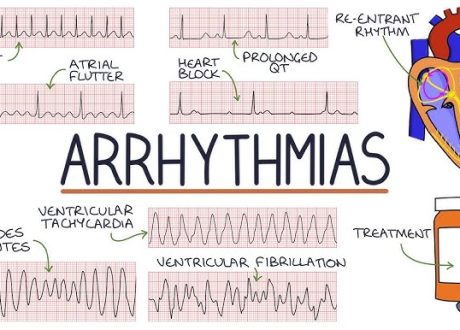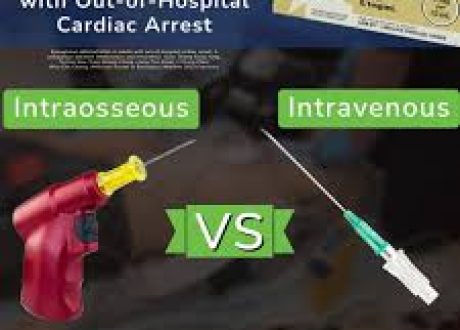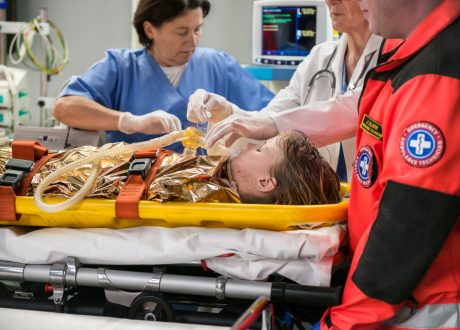September 4, 2024
Written by Seth Walsh-Blackmore
![]()
Attempting initial vascular access in the field by intraosseous (IO) vs. intravenous (IV) route made no difference in survival to hospital discharge for out-of-hospital cardiac arrest (OHCA), despite greater IO success rates.
The only VICTOR was the trial.
Intraosseous access has superior success rates by paramedics in the field compared to intravenous access, but we lack high-level evidence that this improves outcomes for OHCA.1,2,3
The VICTOR trial is a cluster RCT from Taiwan comparing upper extremity IV access to humeral IO in non-traumatic OHCA patients aged 20-80 years receiving resuscitation measures. Four urban paramedic ambulance teams were randomly assigned biweekly to an IV or IO protocol. A single attempt at humeral IO or two attempts at upper extremity IV access were allowed, after which the patient was transported to the hospital without additional attempts. If successful, 1 mg of epinephrine was administered. Additional resuscitative interventions were per local protocol.
After randomization and exclusion, 741 IO and 991 IV patients were included. Baseline characteristics, response/transport time, shockable rhythm, and bystander CPR were balanced. Successful access was obtained in 94% of the IO group vs 58% of the IV group, and administration of epinephrine and other medications differed by similar margins.
There was no significant difference in the primary outcome of survival to hospital discharge (IO: OR for survival 1.04, 95%CI 0.76-1.42). Secondary outcomes, including prehospital return of circulation (OR 1.23, 95%CI 0.89-1.69) and favorable neurologic outcome (OR 1.17, 95%CI 0.82-1.66), also lacked significant differences. The study was powered to detect a 5% difference and was potentially underpowered.
How will this change my practice?
The near equivalent outcomes may say more about the benefit of epinephrine in these patients than the IO, given IO’s higher success rate. I hope to see this design replicated in a traumatic arrest, where vascular access may be have greater impact.
Source
Intraosseous versus intravenous vascular access in upper extremity among adults with out-of-hospital cardiac arrest: cluster randomised clinical trial (VICTOR trial). BMJ. 2024 Jul 23:386:e079878. doi: 10.1136/bmj-2024-079878. PMID: 39043416.










